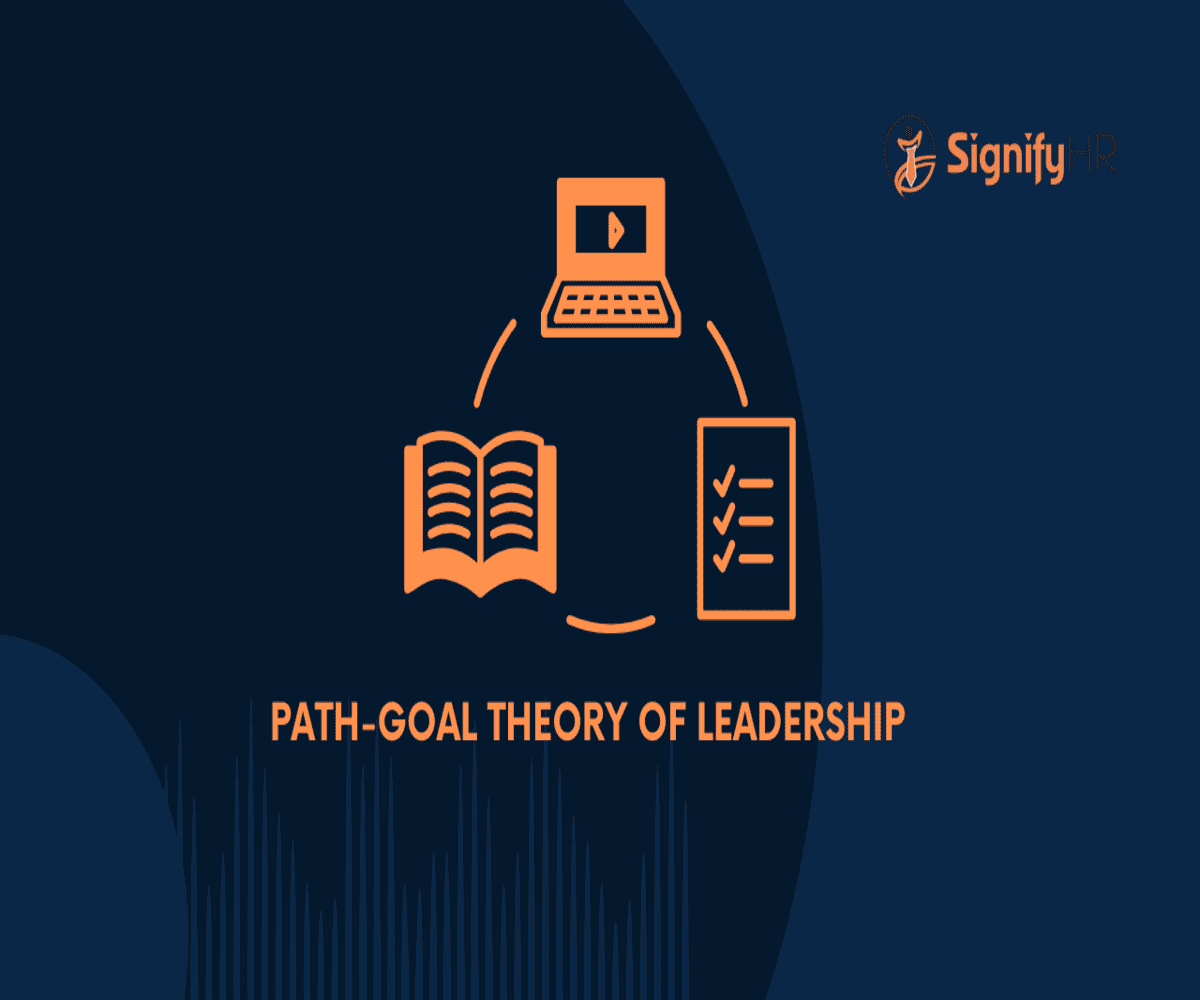Introduction Path-Goal Theory of Leadership
Effective leadership is not just about authority; it is about guiding teams toward achieving their goals. Path-Goal Theory of Leadership focuses on how leaders can clear obstacles, provide direction, and motivate employees to reach their objectives. This article explores the Path-Goal Theory, its key components, leadership styles, advantages, criticisms, and real-world applications.
What is the Path-Goal Theory of Leadership?
Developed by Robert House in 1971, the Path-Goal Theory suggests that a leader’s primary function is to enhance employee performance and satisfaction by aligning leadership style with situational factors. Leaders achieve this by clarifying paths to goals, reducing obstacles, and providing necessary support and motivation.
Key Components of Path-Goal Theory
The theory is based on the idea that leaders must adapt their style to fit the needs of their team and the work environment. The key components include:
1. Leader’s Role
- Leaders guide, support, and provide necessary tools to help employees reach their objectives.
2. Employee Characteristics
- Different employees have varying needs, abilities, and motivation levels, which influence the leader’s approach.
3. Task & Work Environment
- The complexity, structure, and clarity of tasks determine the leadership style that is most effective.
Leadership Styles in Path-Goal Theory
The theory outlines four leadership styles that can be used based on the situation:
1. Directive Leadership
- Leaders provide clear instructions, set expectations, and closely monitor performance.
- Best for structured tasks or when employees need guidance.
2. Supportive Leadership
- Leaders focus on well-being, build relationships, and create a friendly work environment.
- Effective when employees face stressful or repetitive tasks.
3. Participative Leadership
- Leaders involve employees in decision-making and encourage collaboration.
- Ideal for teams that value input and have high competence levels.
4. Achievement-Oriented Leadership
- Leaders set high standards, challenge employees, and encourage excellence.
- Suitable for highly motivated employees working on complex tasks.
Advantages of Path-Goal Theory
The Path-Goal Theory offers several benefits:
- Flexible Approach: Leaders can adapt their style to different situations and employee needs.
- Improves Motivation: By addressing obstacles and providing support, employees stay motivated.
- Enhances Productivity: Leaders clarify goals and expectations, leading to higher performance.
- Encourages Employee Growth: Different leadership styles foster skill development and engagement.
Criticisms of Path-Goal Theory
Despite its benefits, the theory has some limitations:
- Complexity: Requires constant adaptation and evaluation of employee needs and work conditions.
- Leader-Dependent: Success relies heavily on the leader’s ability to assess and apply the right approach.
- Situational Limitations: Some work environments may not allow for frequent leadership style adjustments.
Modern Applications of Path-Goal Theory in Business
Many organizations use Path-Goal Theory to develop leadership training programs and enhance management effectiveness. Leaders in industries like sales, project management, and customer service apply this approach to align leadership styles with team dynamics and organizational goals.
Conclusion
The Path-Goal Theory of Leadership highlights the importance of adaptability in guiding teams to success. By understanding employee characteristics, work environments, and appropriate leadership styles, leaders can create a motivated and high-performing workforce. This theory remains a valuable framework for organizations looking to enhance leadership effectiveness in dynamic business environments.

